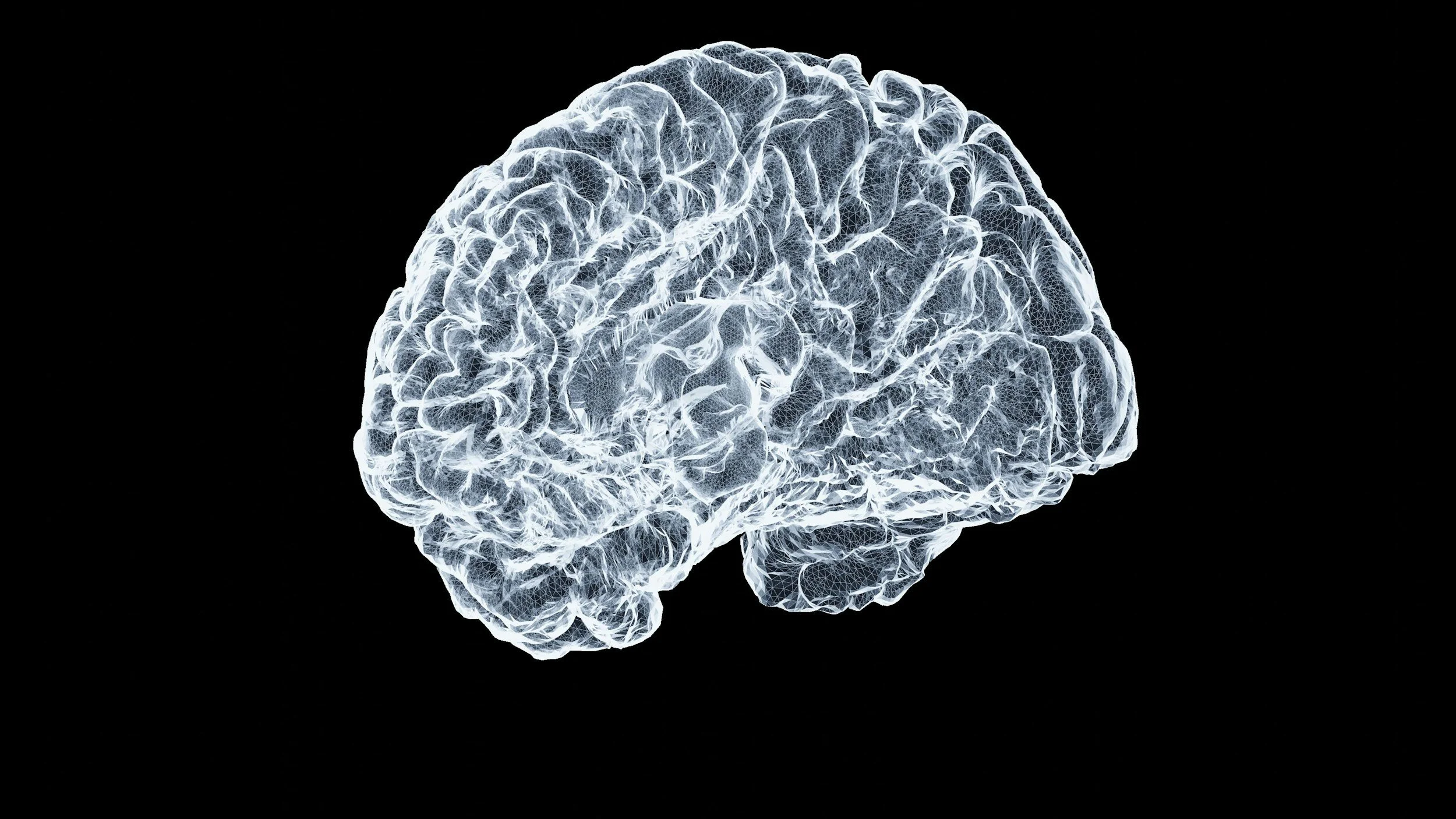
Why I Built a Practice Around Pain
During my dissertation research, I interviewed a neuroscientist who worried aloud that we’d never “solve the problem of pain.”

The Problem of Silos in Pain Medicine
Increasingly, chronic pain is being talked about as a brain problem.

Where Pain Meets Emotion: Why the Brain Doesn’t Always Distinguish
When I was an academic and I told people that I studied pain, the first question was often: physical pain or emotional pain?
